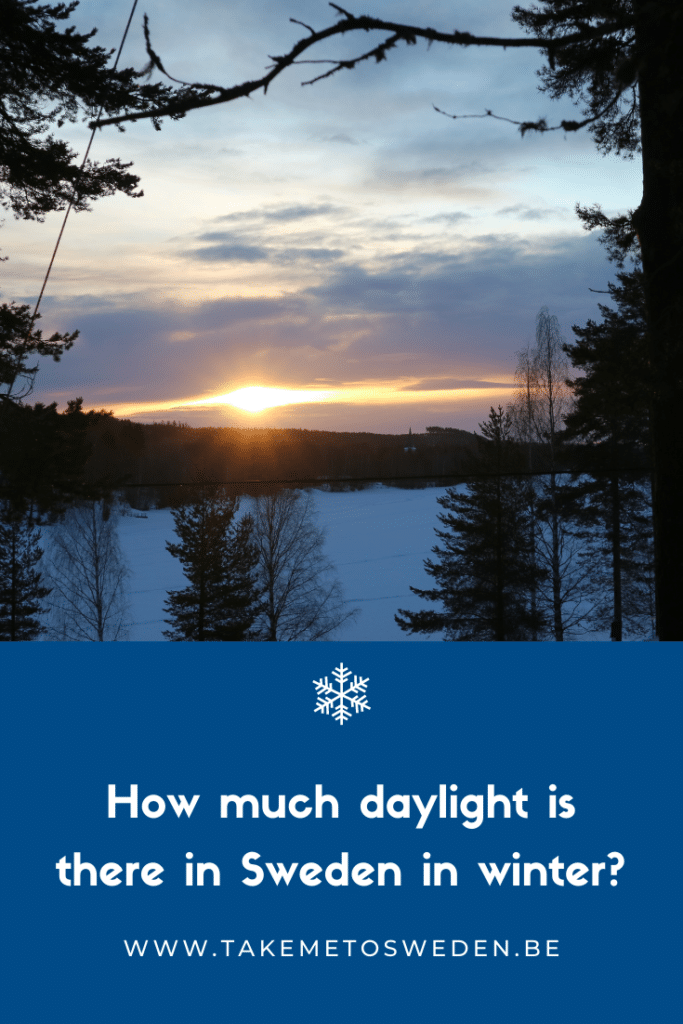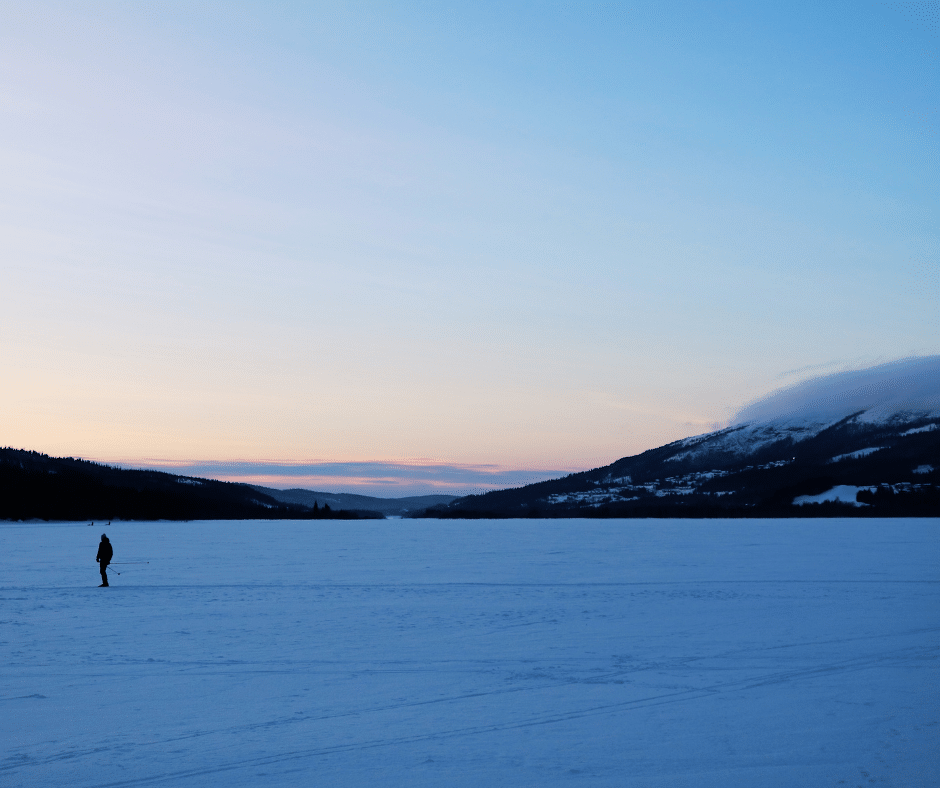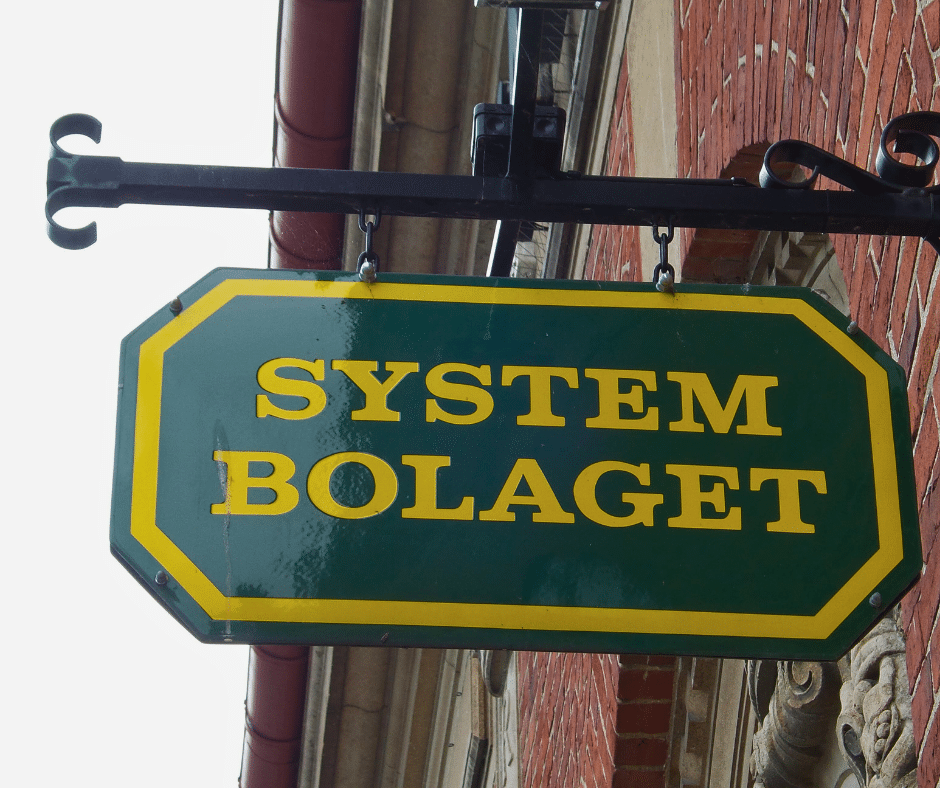There are a lot of people who wonder how dark it is or how much daylight there is in Sweden during the winter. Sweden is a lot more northerly than Belgium and the Netherlands so yes, the days are a lot shorter in the winter months.
Around March 21 and September 21, it is light for about the same length of time almost everywhere in Europe. Just as long, but not at the same time. After March 21, the days in the north lengthen much faster than in the south (viewed from the northern hemisphere). After September 21, the sun sets earlier in the north. From the beginning of May to the end of August, the days in Sweden are longer than ours. In winter you obviously have the opposite effect.
On a city trip in winter
If you book a city trip to Stockholm between November and February, keep in mind that the days are quite short. On this website you can see per day at what time the sun sets. I still remember a weekend in December when I took a picture of the setting sun in Stockholm around 2.30 pm. Then, in the middle of winter, in this part of Sweden there is barely about 7 hours of daylight per day.
Gothenburg is roughly at the same altitude, so the days will be about the same as in Stockholm. In Malmö the days are a lot longer, while they are of course much shorter further north. Sweden is a long stretched country and the situation varies from region to region.
The polar night
Above the Arctic Circlen there are times when the sun doesn’t rise at all. That does not mean that it is dark there all the time. However, you should not expect more than twilight. Fortunately, the snow lights up the days in the north.
From the end of August to March you can see the northern lights in Sweden, if you are lucky. With a lot of solar activity you can even see this natural phenomenon south of Stockholm. You have the best chance in and around Kiruna. Just as important, if not more important, is that you are in a completely dark environment. Especially on days when the northern lights are not intense.
Light therapy
In the north, the percentage of depression and suicides is quite high. This could be linked to the dark winter months. The lack of light affects people’s minds. As soon as there is a little ray of sunshine in winter when there is little daylight, you see the Swedes looking for the sun. The majority also take extra vitamin D tablets or eat a lot of fat fish in the winter. Some opt for light therapy.
In the summer you have the opposite, as it never really gets dark. Read all about the midnight sun here.
Pin it for later






